In the world of electronics and DIY projects, a soldering station is an essential tool. However, one of the less glamorous aspects of soldering is the smoke it produces. This smoke, filled with potentially harmful particles and fumes, can pose health risks if inhaled over time. That’s where a solder fume extractor comes in. Building your own can be a rewarding and cost-effective solution, ensuring a safer workspace while nurturing your DIY skills.
**Understanding the Need for a Solder Fume Extractor**
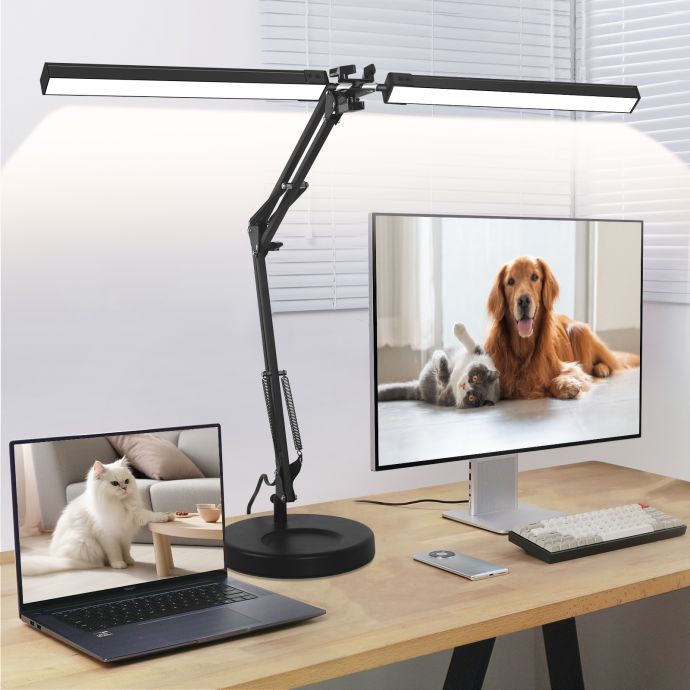
When soldering, rosin flux is commonly used to promote the wetting of solder. Upon heating, it releases fumes that contain fine solder and flux residues, which can irritate eyes, throat, and lungs. Long-term exposure might lead to more severe health issues, hence the significance of keeping your workspace ventilated. While commercially available fume extractors exist, they can be expensive. Creating your own not only saves money but also allows customization to fit your specific needs.
**Essential Components for Your DIY Solder Fume Extractor**
Embarking on this DIY project necessitates a few key components:
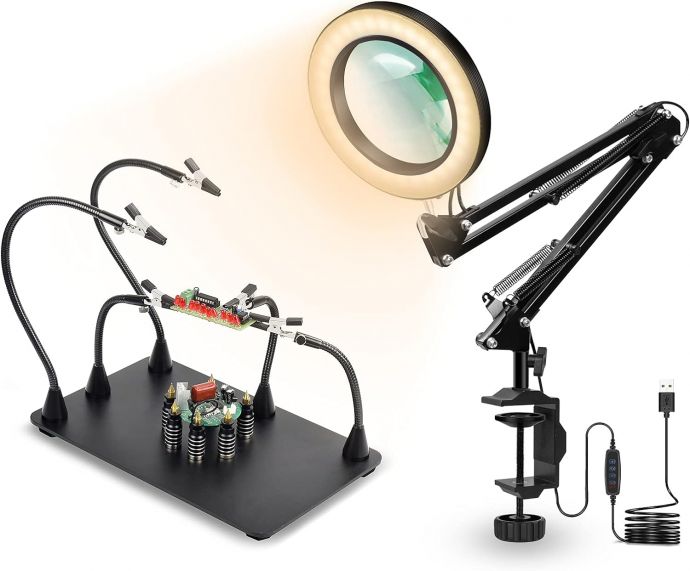
1. **Fan**: A powerful yet compact fan is crucial. Computer cooling fans are ideal due to their efficiency and accessibility.
2. **Activated Carbon Filter**: This is vital in trapping and neutralizing the hazardous particles and fumes in the smoke.
3. **Power Supply**: You’ll need a compatible power supply to run the fan.
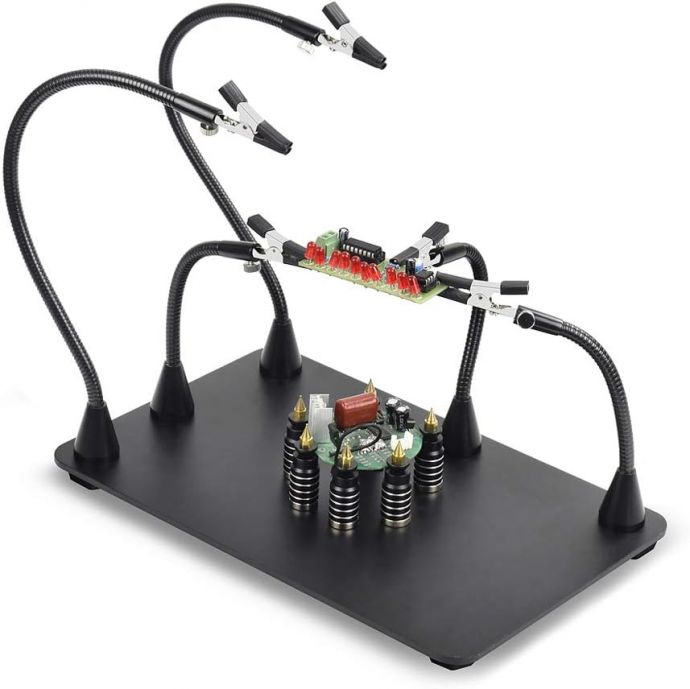
4. **Housing**: The entire setup needs to be housed securely, often using materials like wood, metal, or durable plastic.
5. **Additional Materials**: Screws, wires, and basic tools like a screwdriver and a drill will be essential for assembly.
**Step-by-Step Assembly Process**

1. **Choosing the Fan and Filter**: Start by selecting a fan with suitable CFM (cubic feet per minute) ratings. A 120mm computer fan is a popular choice. Pair it with a matching activated carbon filter, which you'll find in many home improvement stores.
2. **Constructing the Housing**: Design the housing to accommodate the fan and filter. A simple box shape works well, which can be made from plywood or plastic. Make a cut-out on one side to mount the fan and on the opposite side for the filter.
3. **Mounting the Fan**: Secure the fan inside the housing. Ensure it's oriented correctly to draw in the smoke efficiently. Use screws to fasten it in place, making sure it’s snug to prevent any vibrations or noise during operation.

4. **Installing the Filter**: Position the activated carbon filter in the path of airflow after the fan. It should sit tightly to ensure all air passes through it. Depending on your filter type, you may need to design a clip or holder within the housing.
5. **Wiring the Power Supply**: Connect your power supply to the fan. If you’re using a computer fan, this might involve a simple adapter or some soldering. Double-check the voltage and current ratings to avoid any mishaps.
6. **Assembling the Housing**: Once all components are in place, finalize the housing by sealing it. This can involve simply closing your box and securing it with screws or using adhesive for a tighter hold.
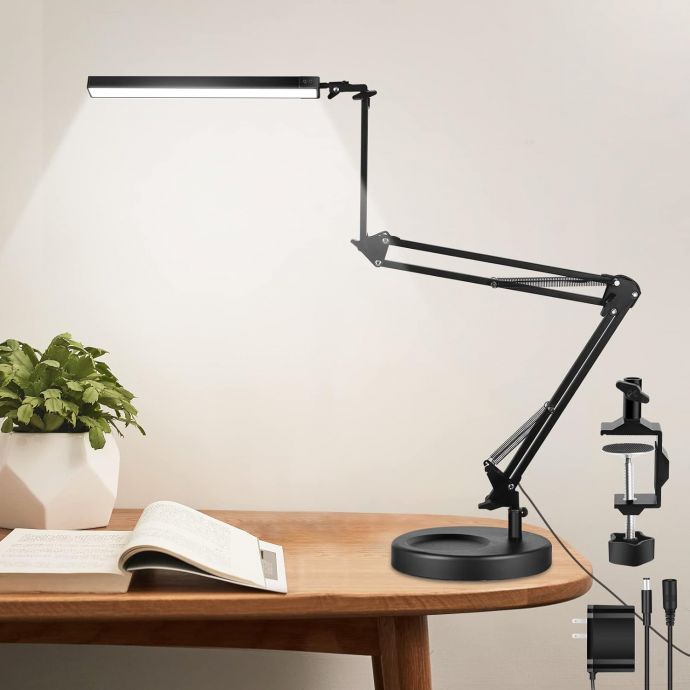
7. **Testing and Adjustments**: Plug in your solder fume extractor and conduct a test run. Ensure there’s a strong airflow and that fumes are being effectively pulled through the filter. If adjustments are needed, particularly in the positioning of the fan or filter, this is the time to make them.
**Enhancements and Customization**
Personalizing your fume extractor can make it even more functional and visually appealing:
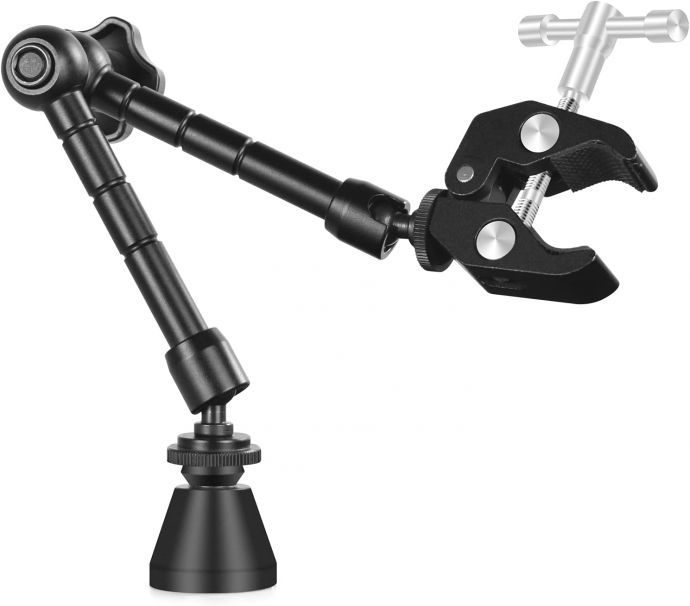
- **Adjustable Angle**: Install a base that allows you to tilt the extractor, directing it precisely where needed.
- **Lighting**: Add an LED strip or small light near the workspace to enhance visibility when soldering.
- **Portability**: Consider a compact design with a handle or mount it on a movable base to easily shift between workstations.
- **Variable Speed Control**: Incorporate a fan speed controller for adjusting airflow according to the intensity of your soldering projects.
**Maintaining Your Fume Extractor**
Like any tool, your solder fume extractor requires periodic maintenance:
- **Replace the Filter Regularly**: The activated carbon filter will need replacing depending on usage frequency. If you notice reduced performance, this is often the cause.
- **Clean the Fan and Housing**: Dust and debris can accumulate, so occasional cleaning helps maintain optimal efficiency.
- **Check Electrical Connections**: Ensure all wiring remains intact and insulated to prevent any electrical issues.
**Conclusion**
Building your own solder fume extractor not only enhances safety but also serves as a gratifying DIY project, contributing to your workspace efficiency. By understanding the essential components and following a carefully planned setup, you’ll have a device tailored exactly to your requirements. Moreover, the satisfaction of crafting a tool that protects your health is unparalleled, embodying both practicality and ingenuity.
For those engaged in regular soldering tasks, this DIY venture is an investment in well-being and craftsmanship, ensuring that each project is conducted within a cleaner, safer environment. Embrace the challenge and revolutionize your soldering station today!









